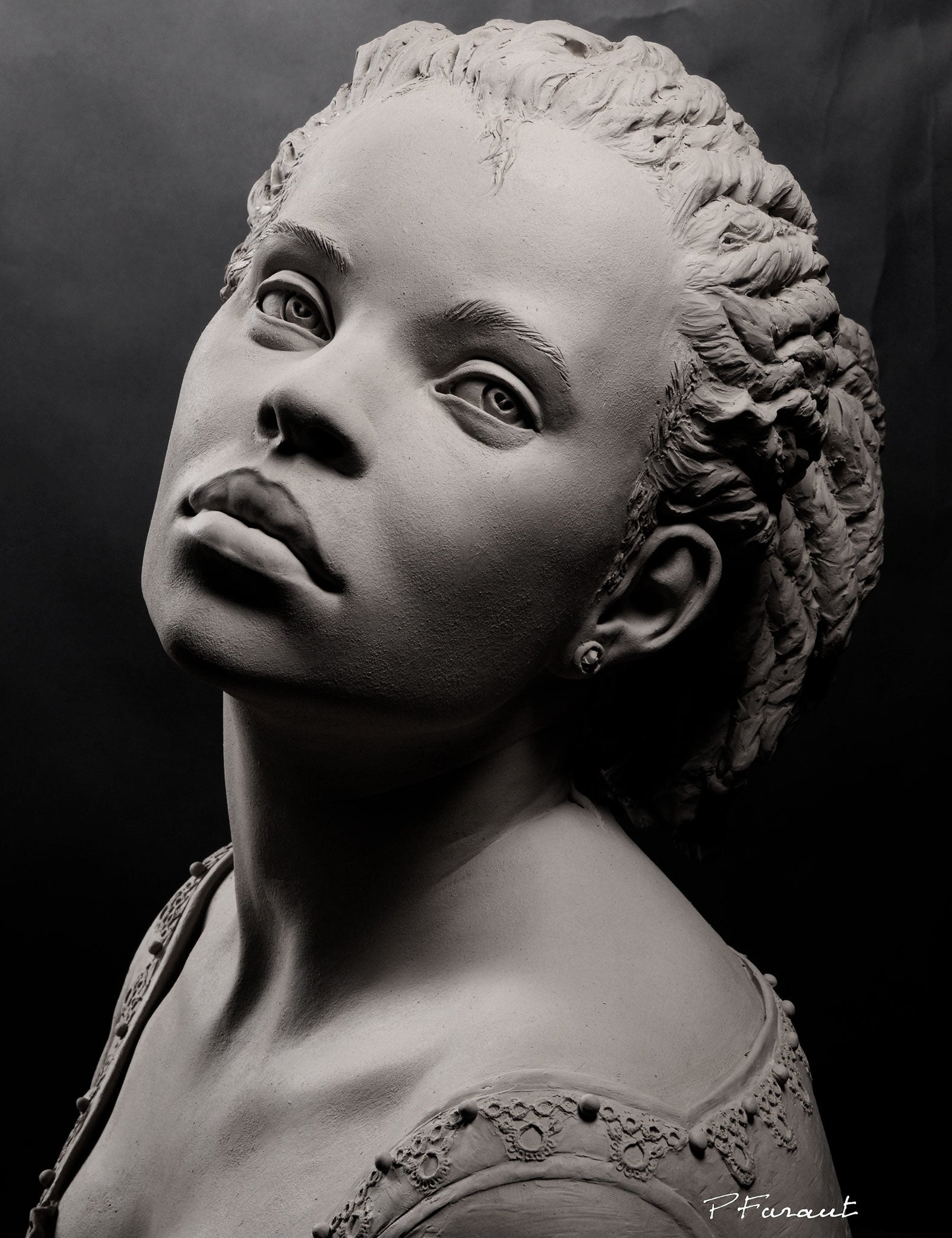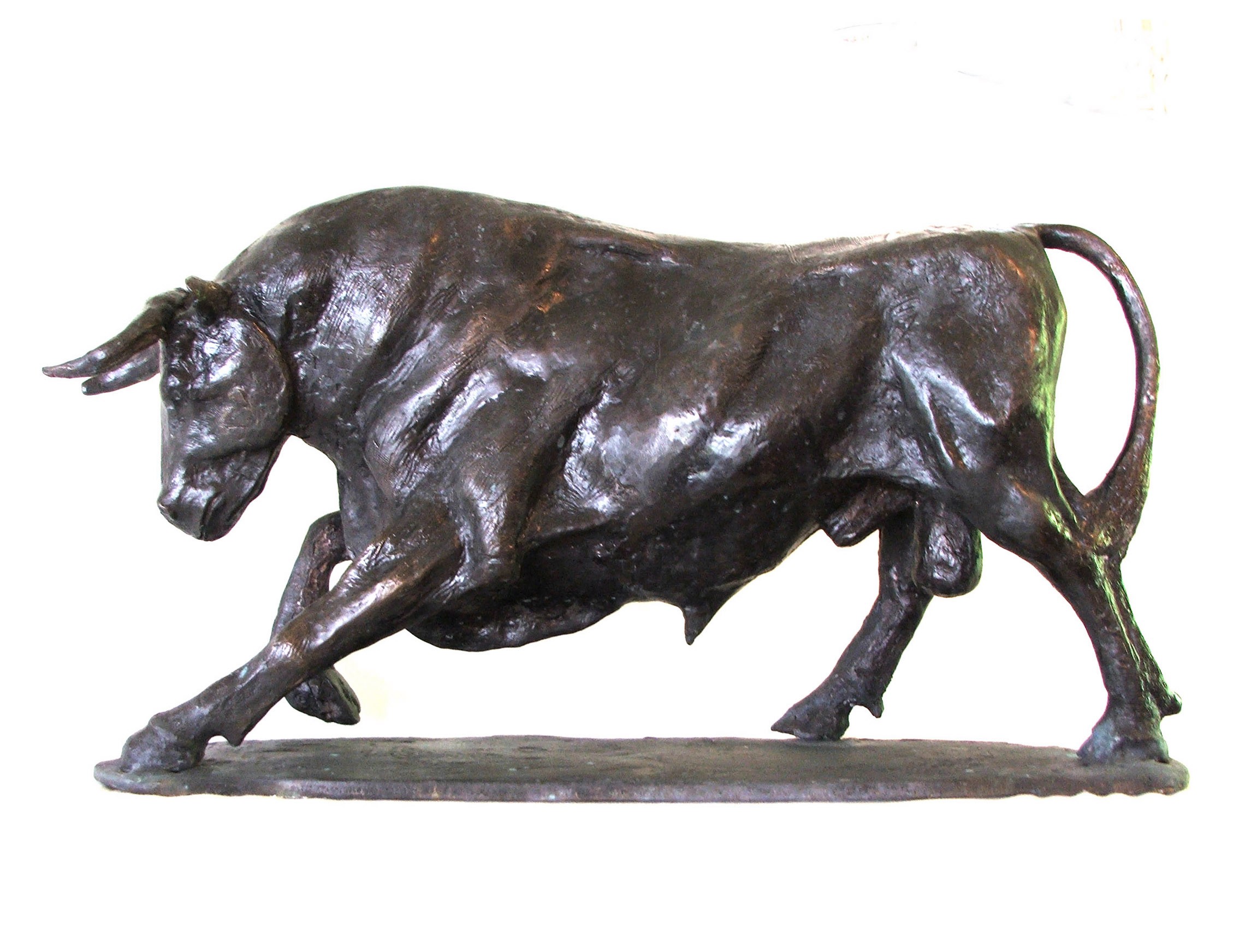Timeless Charm in Bronze: Unveiling the Art of Bronze Sculptures
Wiki Article
Exploring Different Materials in Sculpture Art
From ancient rock sculptures to modern mixed media creations, artists have constantly explored the endless possibilities of different products. In this post, we will delve right into the fascinating globe of checking out different materials in sculpture art. We will certainly uncover the classic beauty of stone sculptures, the elaborate craftsmanship of steel work of arts, the malleability of clay developments, the non-traditional usage of mixed media, and the transformation of regular things right into extraordinary jobs of art.Stone Sculptures: Ancient and Timeless
Stone sculptures have actually long been admired for their long-lasting charm and classic charm. Dating back countless years, rock sculptures have been a popular type of artistic expression across various societies and human beings. From the old Egyptians and Greeks to the Mayans and Chinese, artists have utilized stone as a medium to create breathtaking artworks that have stood the examination of time.One of the crucial factors for the enduring popularity of rock sculptures is the durability of the product itself. Unlike various other tools that may wear away with time, stone has actually confirmed to be resilient and able to withstand the elements. This sturdiness has enabled stone sculptures to make it through for centuries, acting as a testimony to the workmanship and ability of the musicians that produced them.
Furthermore, stone sculptures have a sense of permanence and solidity that is unmatched by other materials. The weight and texture of rock give sculptures a sense of existence and compound, making them a prime focus in any type of room they occupy. Whether displayed in galleries, gardens, or public rooms, stone sculptures command attention and evoke a sense of eternity.
Moreover, the natural elegance of rock includes in its allure as a tool for carvers. The distinct colors, patterns, and structures discovered in numerous sorts of rock add to the visual charm and artistic expression of the sculptures. From the smooth elegance of marble to the sturdy appeal of granite, each type of stone uses its own distinct visual top qualities, allowing artists to create absolutely unique items.
Steel Work Of Arts: From Iron to Bronze
Continuing the expedition of products in sculpture art, the transition from stone to metal yields a new world of creative thinking and workmanship. Metal sculptures have a lengthy and rich background, going back to old human beings. From iron to bronze, artists have actually used the special residential properties of these steels to develop masterpieces that motivate and mesmerize.
Bronze, on the various other hand, supplies a different collection of qualities that musicians have actually utilized to fantastic impact. Its pliability and ability to hold fine details make it an optimal product for forming elaborate and fragile forms. Bronze sculptures typically exhibit a feeling of sophistication and elegance, with their smooth surface areas and subtle agings.


Clay Creations: Flexible and flexible
Clay sculptures, with their flexible and versatile nature, deal musicians a vast array of imaginative opportunities on the planet of sculpture art. Clay, a natural material composed of minerals and water, has actually been made use of by musicians for centuries to develop meaningful and complex sculptures.

One of the key benefits of collaborating with clay is its capability to be molded and shaped quickly. Musicians can control the clay using their hands or devices, allowing for the creation of complex information and appearances. This pliability gives artists the freedom to experiment and check out various types and designs.
Another benefit of clay is its flexibility in terms of firing techniques. Low-fired clay creates a delicate and porous surface area, while high-fired clay creates a long lasting and smooth surface.
Additionally, clay provides musicians the chance to operate in both subtractive and additive methods. They can develop layers of clay to create a sculpture from the ground up, or they can sculpt away excess clay to reveal the wanted kind. This versatility enables musicians to adapt their strategies to match their creative vision.
Clay sculptures can be completed with different methods, such as glazing, paint, or including various other materials like metals or timber. This additional boosts the creative possibilities and enables for the creation of visually striking and unique pieces.
To conclude, the malleability and versatility of clay make it a perfect tool for artists to discover their creative thinking in sculpture art. Its capability to be molded, fired, and finished in various means opens a world of possibilities, enabling artists to bring their visions to life with the tactile and expressive nature of clay sculptures.
Mixed Media Magic: Unconventional Materials in Sculpture
With a growing interest in pushing the boundaries that site of conventional sculpture, artists have started to accept multimedias as a way of incorporating non-traditional products into their creative creations. By integrating different materials, musicians can develop aesthetically striking and vibrant sculptures that challenge the viewer's assumption of what sculpture can be.Mixed media sculptures frequently include a mix of materials such as timber, metal, material, discovered items, and even natural materials like plants or pet components. These unusual products add deepness, appearance, and meaning to the artwork, enabling musicians to explore new ideas and ideas.
One example of mixed media sculpture is the work of artist Louise Nevelson - Equine Sculptures. She is recognized for her assemblages made from found items and discarded products. Her sculptures, often repainted in single shades, produce detailed and abstract structures that stimulate a feeling of secret and symbolism
Another artist who utilizes combined media in sculpture is Ron Mueck. He creates hyper-realistic sculptures by integrating products such as silicone, fiberglass, and human hair. Mueck's sculptures challenge our understanding of range and truth, as he usually produces miniature or larger-than-life numbers that show up unbelievably realistic.
Multimedias sculpture permits musicians to trying out unconventional products, broadening the opportunities of what sculpture can be. Portrait Sculptor. By incorporating various products, artists can produce one-of-a-kind and thought-provoking art work that mesmerize and involve customers in new and unanticipated means
Found Things Art: Transforming the Ordinary Into Phenomenal
Found object art is a transformative method that elevates daily products right into phenomenal sculptures. This creative approach includes making use of random, disposed of items that are repurposed and provided new life. By integrating these found objects into their job, artists test conventional concepts of what constitutes art and produce thought-provoking items that involve viewers in special means.The appeal of discovered things art lies in its capacity to change the common right into something remarkable. Musicians seek thrown out products such as old devices, home items, or also natural materials like branches and rocks, and use them as the foundation for their sculptures (Robert C Hitchcock Sculptor). With mindful setup, manipulation, and in some cases also alteration, these items are changed into fascinating artworks that invite audiences to reevaluate the value and capacity of day-to-day things
This art form urges visitors to examine their preconceived ideas of appeal and definition. By providing acquainted objects in unknown contexts, found item art challenges us to see the world in brand-new and interesting methods. It motivates us to look past the surface and discover surprise stories and connections within the objects themselves.
Conclusion
In conclusion, exploring various products in sculpture art allows artists to express their imagination and bring their visions to life. Rock sculptures display the timeless and old beauty of all-natural products, while metal work of arts show the versatility and toughness of iron and bronze. Clay productions provide a versatile and malleable tool for musicians to form and mold and mildew (Robert C Hitchcock Sculptor). Multimedias magic and discovered object art obstacle standard notions of sculpture, transforming regular materials right into remarkable works of art.From old stone sculptures to modern blended media productions, artists have continually explored the endless possibilities of various materials. Clay sculptures, with their versatile and malleable nature, offer artists a wide range of creative opportunities in the globe of sculpture art. Clay, a natural product composed of minerals and water, has actually been made use of by musicians for centuries to create meaningful and complex sculptures.
In conclusion, the pliability and versatility of clay make it a suitable tool for artists to discover their creativity in sculpture art.In final thought, discovering various products in sculpture art enables artists to express their creativity and bring their visions to life.
Report this wiki page